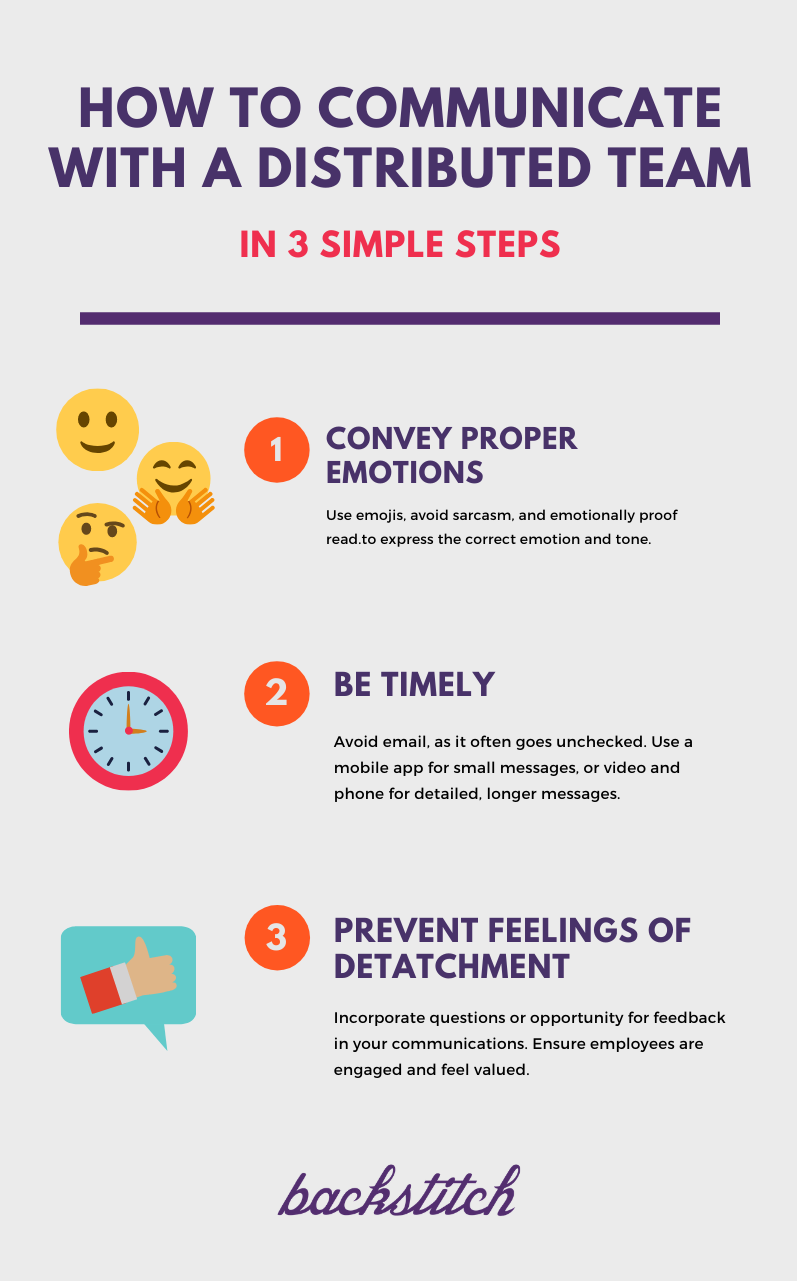Due to the novel coronavirus outbreak, the workforce is quickly shifting toward remote work. Additionally, there has never been a more vital time for clear, accessible internal communications. Considering these things, many employers are being faced with new challenges about how to properly distribute communications.
We’ve distinguished the three biggest challenges of distributing team communications and how you can overcome them.
Conveying Proper Emotions
Connecting with someone on an emotional level is an important part of maintaining effective communication.
REMEMBER: The tone and emotion behind a piece of communication can change the entire inflection of it.
In fact, Psychology Today says that tone accounts for 38% of overall communication, whereas actual words only make up about 7%. Thus, expressing emotion virtually can often be a difficult task.
Unfortunately, not nearly enough people make sure to emotionally proofread their emails or other forms of team communication. This means that what you intended to come off as lighthearted might easily be interpreted as ingenuine, solely because of a few words.
Some things that can help prevent confusion include using emojis to lighten the mood or avoiding the use of sarcasm, since this can often be hard to detect in digital communication.
Communicating on a Timely Basis
Although email is the most widely used medium, internal communications sent through email often lack employee engagement. However, email doesn’t encourage timely responses since not everyone checks their email on a regular basis.
On the other hand, it is estimated that 58 percent of people don’t go over an hour without checking their smartphone. That is why methods like using an employee app or instant messaging app are quickly gaining popularity. By sending team communications through these channels, you vastly increase the chances that all team members will see the message and respond to it in a timely manner.
There are also other options, like phone or video meetings, which are a great opportunity to communicate any time-sensitive issues and get a lot of details shared with one another in a very timely manner.
Preventing Feelings of Detachment
When someone feels like their participation is not being actively sought out or valued, then they can quickly become detached from the rest of their team. This can have detrimental effects for the entire team, which is why it is important that you are finding ways to communicate in a method that is inclusive and prevents detachment.
One of the best ways to do this is to incorporate questions into your team communication and actively seek team member feedback. Rather than stating what you have decided to do, invite team members to voice their opinions, showing you value their input.
By avoiding these three challenges, you can help to vastly improve your team communications. Find other ways to improve your workplace communications by contacting us today.

Want more tips on how to effectively communicate during COVID-19? 
